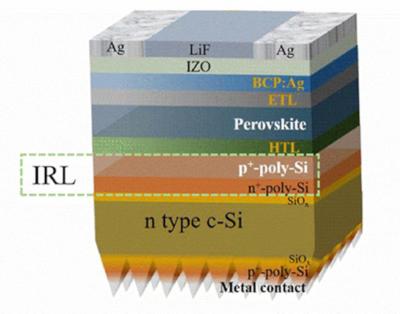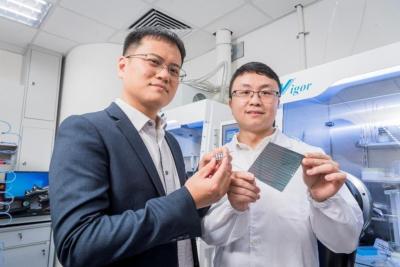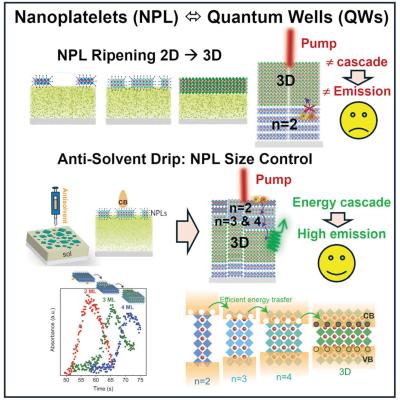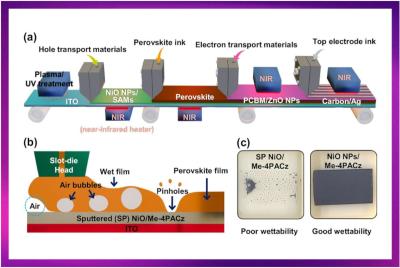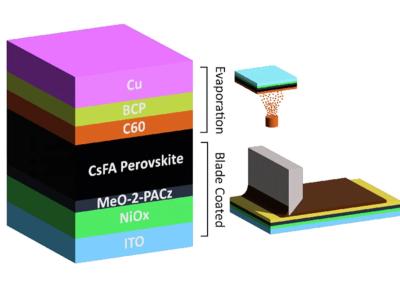New method for spontaneous cooling enables high-quality perovskite wafers for X-Ray detectors
Researchers from China's Dongguan University of Technology and Xi'an Jiaotong University have developed a spontaneous cooling strategy with a hot-pressing technique that enables the production of high-purity, wafer-scale, pinhole-free perovskite wafers with a reflective surface.
This method can, according to the team, be extended to a variety of perovskite wafers, including organic-inorganic, 2D, and lead-free perovskites. The size of the wafer (with diameters of 10, 15, and 20 mm) can be tailored by changing the mold.


